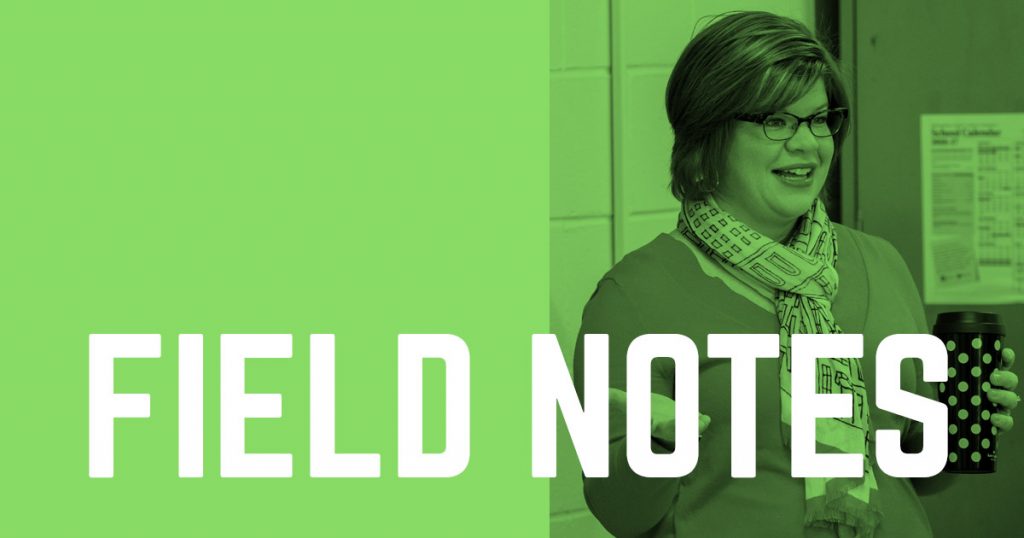A few months ago, NCTE’s Genders and Sexualities Equality Alliance asked for a conversation to discuss recommendations in evolving NCTE’s gender-specific language on our membership materials. They brought to my attention the fact that at a very basic level the language we were using as a Council didn’t reflect the full spectrum of gender identities our members represent.
They showed me that the form people fill out to become a member of NCTE only offered two choices when it asked for gender. Through thoughtful conversations and the sharing of resources, they helped me to understand what it was like for potential members who came to that page and saw themselves unrepresented in one of the very first interactions they’d ever have with the Council.
I was struck both by the significance of this language problem and by the power of collaboration—members sharing their concerns and working together, as partners, to improve our Council. This month that form changed. Today the expanded choices available on the optional question of gender identity go beyond binary identities.
On the surface, one might argue this change is simply adding a few more choices to a drop-down menu. But behind the scenes, it’s many layers of coding and hours of important, thoughtful conversations with members, elected leaders, IT professionals, and colleagues committed to supporting a growing community of professionals in English studies, literacy, and language arts.
Our learning through this process continues to inform our decisions and our direction. In February, NCTE signed onto a joint statement on the Administration’s decision to rescind guidance on Federal protections for transgender students, and we were able to share this excellent set of resources from sj Miller that address this issue.
We are listening and learning from YOU, and I am learning so much on this journey. Let’s keep turning the page together!

